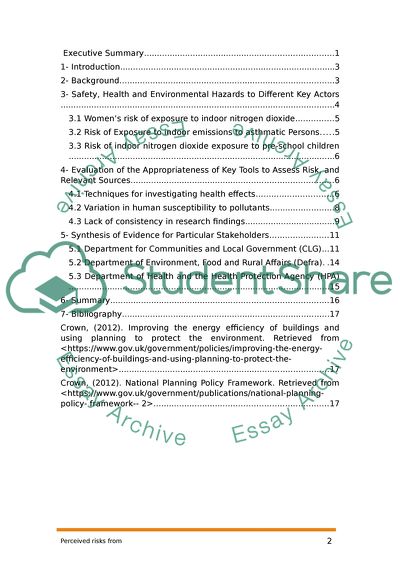Cite this document
(Indoor Air Pollution as a Risk Factor for Lung Cancer Assignment, n.d.)
Indoor Air Pollution as a Risk Factor for Lung Cancer Assignment. https://studentshare.org/environmental-studies/1855342-the-perception-of-risk-of-the-use-of-heaters-by-the-use-of-heaters-by-households-and-it-is-relation-to-indoor-exposure-to-nitrogen-dioxide-and-the-risk-of-respiratory-diseases-in-the-uk
Indoor Air Pollution as a Risk Factor for Lung Cancer Assignment. https://studentshare.org/environmental-studies/1855342-the-perception-of-risk-of-the-use-of-heaters-by-the-use-of-heaters-by-households-and-it-is-relation-to-indoor-exposure-to-nitrogen-dioxide-and-the-risk-of-respiratory-diseases-in-the-uk
(Indoor Air Pollution As a Risk Factor for Lung Cancer Assignment)
Indoor Air Pollution As a Risk Factor for Lung Cancer Assignment. https://studentshare.org/environmental-studies/1855342-the-perception-of-risk-of-the-use-of-heaters-by-the-use-of-heaters-by-households-and-it-is-relation-to-indoor-exposure-to-nitrogen-dioxide-and-the-risk-of-respiratory-diseases-in-the-uk.
Indoor Air Pollution As a Risk Factor for Lung Cancer Assignment. https://studentshare.org/environmental-studies/1855342-the-perception-of-risk-of-the-use-of-heaters-by-the-use-of-heaters-by-households-and-it-is-relation-to-indoor-exposure-to-nitrogen-dioxide-and-the-risk-of-respiratory-diseases-in-the-uk.
“Indoor Air Pollution As a Risk Factor for Lung Cancer Assignment”. https://studentshare.org/environmental-studies/1855342-the-perception-of-risk-of-the-use-of-heaters-by-the-use-of-heaters-by-households-and-it-is-relation-to-indoor-exposure-to-nitrogen-dioxide-and-the-risk-of-respiratory-diseases-in-the-uk.


